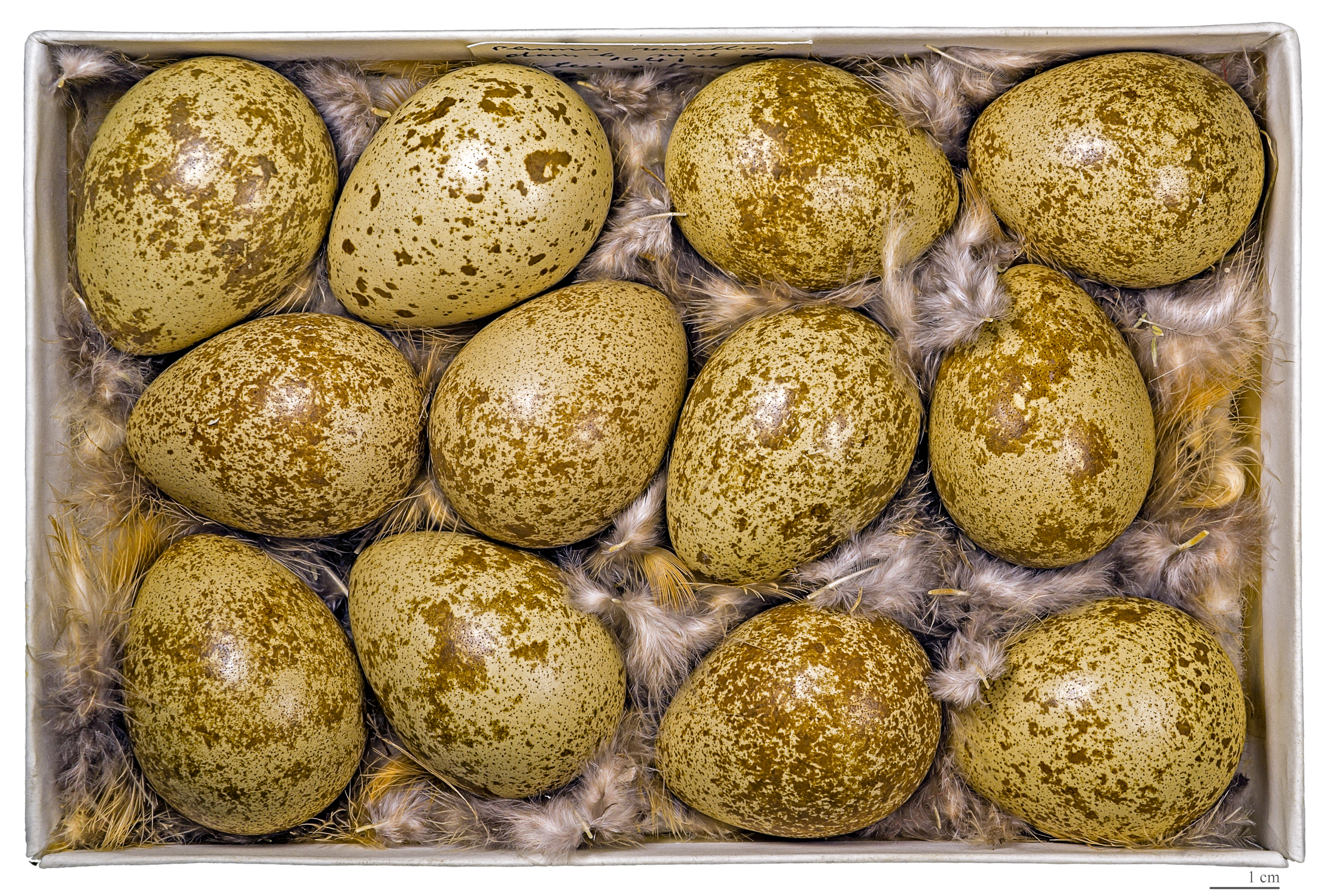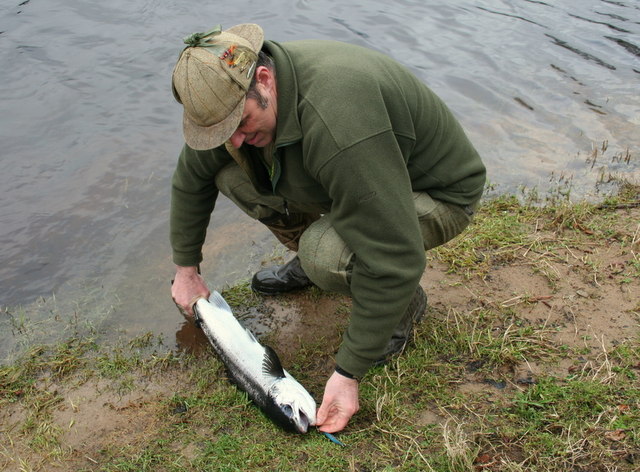|
Gamekeeper
A gamekeeper (often abbreviated to keeper), or in case of those dealing with deer (deer-)stalker, is a person who manages an area of countryside (e.g. areas of woodland, moorland, waterway or farmland) to make sure there is enough game for shooting and stalking, or fish for angling, and acts as guide to those pursuing them. Description Typically, a gamekeeper is employed by a landowner or by a country estate, to prevent poaching, to rear and release game birds such as common pheasants and French partridge, eradicate pests, encourage and manage wild red grouse, and to control predators such as weasels, to manage habitats to suit game, and to monitor the health of the game. Today, some three thousand full-time gamekeepers are employed in the UK, compared to as many as 25,000 at the beginning of the 20th century. In addition, there are many people who spend their leisure time and money rearing game and maintaining habitats on their own small shoots. There are several variati ... [...More Info...] [...Related Items...] OR: [Wikipedia] [Google] [Baidu] |
Red-legged Partridge
The red-legged partridge (''Alectoris rufa'') is a gamebird in the pheasant family Phasianidae of the order Galliformes, gallinaceous birds. It is sometimes known as French partridge, to distinguish it from the English or grey partridge. The genus name is from Ancient Greek ''alektoris'' a farmyard chicken, and ''rufa'' is Latin for red or rufous. It is a rotund bird, with a light brown back, grey breast and buff belly. The face is white with a black gorget. It has rufous-streaked flanks and red legs. When disturbed, it prefers to run rather than fly, but if necessary it flies a short distance on rounded wings. This is a seed-eating species, but the young in particular take insects as an essential protein supply. The call is a three-syllable ''ka-chu-chu''. Habitat This partridge breeds naturally in southwestern Europe (France, Iberia and northwest Italy). It has become naturalised in flat areas of England and Wales, where it was introduced as a game species, and has been seen ... [...More Info...] [...Related Items...] OR: [Wikipedia] [Google] [Baidu] |
Newton Rigg College
Newton Rigg College was an agricultural college near Penrith, Cumbria, England, founded in 1896 as the Cumberland and Westmorland Farm School. From 2011 it was part of Askham Bryan College, which in 2020 announced that it would close in 2021. History The Cumberland and Westmorland Farm School was founded in 1896 by Henry Charles Howard, of Greystoke Castle, MP for Penrith. Local business leaders involved in the committee which led to its foundation included builder George Henry Pattinson JP, OBE, engineer Gilbert Gilkes and paper-maker James Cropper. Newton Rigg farm, between Newton Reigny and Penrith, was bought to be the school's premises. Initially the school offered dairying courses for girls in summer, and farming courses for boys in the winter when they had less farm work and could be spared. In 1967 the school was renamed the Cumberland and Westmorland College of Agriculture. The college became part of the University of Central Lancashire in 1998. Its website 1 ... [...More Info...] [...Related Items...] OR: [Wikipedia] [Google] [Baidu] |
Hunting
Hunting is the human activity, human practice of seeking, pursuing, capturing, or killing wildlife or feral animals. The most common reasons for humans to hunt are to harvest food (i.e. meat) and useful animal products (fur/hide (skin), hide, bone/tusks, horn (anatomy), horn/antler, etc.), for recreation/taxidermy (see trophy hunting), to remove predators dangerous to humans or domestic animals (e.g. wolf hunting), to pest control, eliminate pest (organism), pests and nuisance animals that damage crops/livestock/poultry or zoonosis, spread diseases (see varmint hunting, varminting), for trade/tourism (see safari), or for conservation biology, ecological conservation against overpopulation and invasive species. Recreationally hunted species are generally referred to as the ''game (food), game'', and are usually mammals and birds. A person participating in a hunt is a hunter or (less commonly) huntsman; a natural area used for hunting is called a game reserve; an experienced hun ... [...More Info...] [...Related Items...] OR: [Wikipedia] [Google] [Baidu] |
French Partridge
The red-legged partridge (''Alectoris rufa'') is a gamebird in the pheasant family Phasianidae of the order Galliformes, gallinaceous birds. It is sometimes known as French partridge, to distinguish it from the English or grey partridge. The genus name is from Ancient Greek ''alektoris'' a farmyard chicken, and ''rufa'' is Latin for red or rufous. It is a rotund bird, with a light brown back, grey breast and buff belly. The face is white with a black gorget. It has rufous-streaked flanks and red legs. When disturbed, it prefers to run rather than fly, but if necessary it flies a short distance on rounded wings. This is a seed-eating species, but the young in particular take insects as an essential protein supply. The call is a three-syllable ''ka-chu-chu''. Habitat This partridge breeds naturally in southwestern Europe (France, Iberia and northwest Italy). It has become naturalised in flat areas of England and Wales, where it was introduced as a game species, and has been see ... [...More Info...] [...Related Items...] OR: [Wikipedia] [Google] [Baidu] |
UK Hunters 02
The United Kingdom of Great Britain and Northern Ireland, commonly known as the United Kingdom (UK) or Britain, is a country in Europe, off the north-western coast of the continental mainland. It comprises England, Scotland, Wales and Northern Ireland. The United Kingdom includes the island of Great Britain, the north-eastern part of the island of Ireland, and many smaller islands within the British Isles. Northern Ireland shares a land border with the Republic of Ireland; otherwise, the United Kingdom is surrounded by the Atlantic Ocean, the North Sea, the English Channel, the Celtic Sea and the Irish Sea. The total area of the United Kingdom is , with an estimated 2020 population of more than 67 million people. The United Kingdom has evolved from a series of annexations, unions and separations of constituent countries over several hundred years. The Treaty of Union between the Kingdom of England (which included Wales, annexed in 1542) and the Kingdom of Scotland in 1707 ... [...More Info...] [...Related Items...] OR: [Wikipedia] [Google] [Baidu] |
Gillie
''Gillie'' or ''ghillie'' is an ancient Gaelic term for a person who acts as a servant or attendant on a fishing, hunting, deer stalking or hawking expedition, primarily in the Scottish Highlands or on a river such as the River Spey. In origin it referred especially to someone who attended on his male employer or guests. This position still exists in some Highland locations , such as the Isle of Skye, according to the BBC. They are no longer "manservants" or "attendants" and do not carry Chiefs across rivers as in the distant past; today, they "manage the wilderness and guide travellers through it". Etymology The origin of this word dates from the late 16th century, from the Scottish Gaelic ''gille'', "lad, servant", cognate with the Irish ''giolla''. Historically, the term was used for a Highland chief's attendant. A ghillie-weetfit, a term now obsolete (a translation of "gille-caisfliuch", from the Gaelic ''cos'' 'foot' or 'leg', and ''fliuch'' 'wet'), was the ghillie whose ... [...More Info...] [...Related Items...] OR: [Wikipedia] [Google] [Baidu] |
Red Grouse
The red grouse (''Lagopus lagopus scotica'') is a medium-sized bird of the grouse family which is found in heather moorland in Great Britain and Ireland. It is usually classified as a subspecies of the willow ptarmigan but is sometimes considered to be a separate species, ''Lagopus scoticus''. It is also known as the moorcock, moorfowl or moorbird. ''Lagopus'' is derived from Ancient Greek (), meaning "hare", + (), "foot", in reference to the feathered feet and toes typical of this cold-adapted genus, and ''scoticus'' is "of Scotland". The red grouse is the logo of The Famous Grouse whisky and an animated bird is a character in a series of its adverts. The red grouse is also the emblem of the journal '' British Birds''. Description The red grouse is differentiated from the willow ptarmigan and rock ptarmigan by its plumage being reddish brown, and not having a white winter plumage. The tail is black and the legs are white. There are white stripes on the underwing and red co ... [...More Info...] [...Related Items...] OR: [Wikipedia] [Google] [Baidu] |
Brown Trout
The brown trout (''Salmo trutta'') is a European species of salmonid fish that has been widely introduced into suitable environments globally. It includes purely freshwater populations, referred to as the riverine ecotype, ''Salmo trutta'' morpha ''fario'', a lacustrine ecotype, ''S. trutta'' morpha ''lacustris'', also called the lake trout, and anadromous forms known as the sea trout, ''S. trutta'' morpha ''trutta''. The latter migrates to the oceans for much of its life and returns to fresh water only to spawn. Sea trout in Ireland and Britain have many regional names: sewin in Wales, finnock in Scotland, peal in the West Country, mort in North West England, and white trout in Ireland. The lacustrine morph of brown trout is most usually potamodromous, migrating from lakes into rivers or streams to spawn, although evidence indicates some stocks spawn on wind-swept shorelines of lakes. ''S. trutta'' morpha ''fario'' forms stream-resident populations, typically in alpine stre ... [...More Info...] [...Related Items...] OR: [Wikipedia] [Google] [Baidu] |
River Spey
The River Spey (Scottish Gaelic: Uisge Spè) is a river in the northeast of Scotland. At it is the eighth longest river in the United Kingdom, as well as the second longest and fastest-flowing river in Scotland. It is important for salmon fishing and whisky production. Etymology The origin of the name ''Spey'' is uncertain. A possible etymological genesis for the name ''Spey'' is Early Celtic ''*skwej-'', meaning "thorn". The involvement of a Pictish form of Welsh ''ysbyddad'', meaning "hawthorn", has been suggested, but adjudged unlikely. One proposal is a derivation from a Pictish cognate of Old Gaelic ''sceïd'', "vomit" (c.f Welsh ''chwydu''), which is dubious both on phonological and semantic grounds. Ptolemy named the river on his map of 150 as ''Tuesis''. The name 'Spey' first appears in 1451. Course The Spey is long. It rises at over at Loch Spey in Corrieyairack Forest in the Scottish Highlands, south of Fort Augustus. Some miles downstream from its source ... [...More Info...] [...Related Items...] OR: [Wikipedia] [Google] [Baidu] |
Scotland
Scotland (, ) is a country that is part of the United Kingdom. Covering the northern third of the island of Great Britain, mainland Scotland has a border with England to the southeast and is otherwise surrounded by the Atlantic Ocean to the north and west, the North Sea to the northeast and east, and the Irish Sea to the south. It also contains more than 790 islands, principally in the archipelagos of the Hebrides and the Northern Isles. Most of the population, including the capital Edinburgh, is concentrated in the Central Belt—the plain between the Scottish Highlands and the Southern Uplands—in the Scottish Lowlands. Scotland is divided into 32 administrative subdivisions or local authorities, known as council areas. Glasgow City is the largest council area in terms of population, with Highland being the largest in terms of area. Limited self-governing power, covering matters such as education, social services and roads and transportation, is devolved from the Scott ... [...More Info...] [...Related Items...] OR: [Wikipedia] [Google] [Baidu] |


.jpg)




